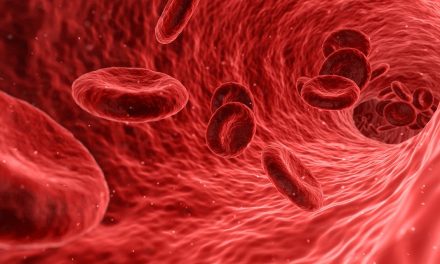Surprise! Henna may on top of your roof in the near future. Many of us know Henna as dye prepared from the Lawsonia inermis plant. In some cultures, it is used in elaborate designs and is a focal point of celebrations. However, research is being conducted in the realm of solar panels and the use of the Lawsonia inermis plant dye.
The Henna dye is being incorporated into the very fabric that allows solars cells to be able to harvest the power of the sun. A class of Solar technology known as dye-sensitized solar cells or DSSCs is at the forefront of low cost and yet efficient energy generation. However, this technology still uses rare materials such as Platinum and Ruthenium. In new studies and a push for natural dye-sensitized solar cells or NDSSCs, scientists have been searching for various natural substances to replace expensive agents. Research conducted by a team at the University of Bahrain is seen to test the validity of various henna varieties and how it absorbs light. Henna has shown to be a great emulator of photosynthesis in the solar cells. In other words the better it performs, the higher the percentage efficiency we can achieve in our panels.
The research for Natural dyes is not only restricted to Henna. Many teams of researchers from all over the world are working to make the next big break. The push for renewal energy and promotion of use of more sustainable resources in growing everyday. Teams are looking at common dyes as well as dyes not commonly used or seen. One particular team has promising results using dye extracted from prickly pears.
Although more research needs to be done to validate the feasibility and use of Henna or other sustainable dyes for your solar panels, we are certain that we can indeed harness the power of the sun using these methods. With the right push and research who knows what the future of renewal energy holds.





